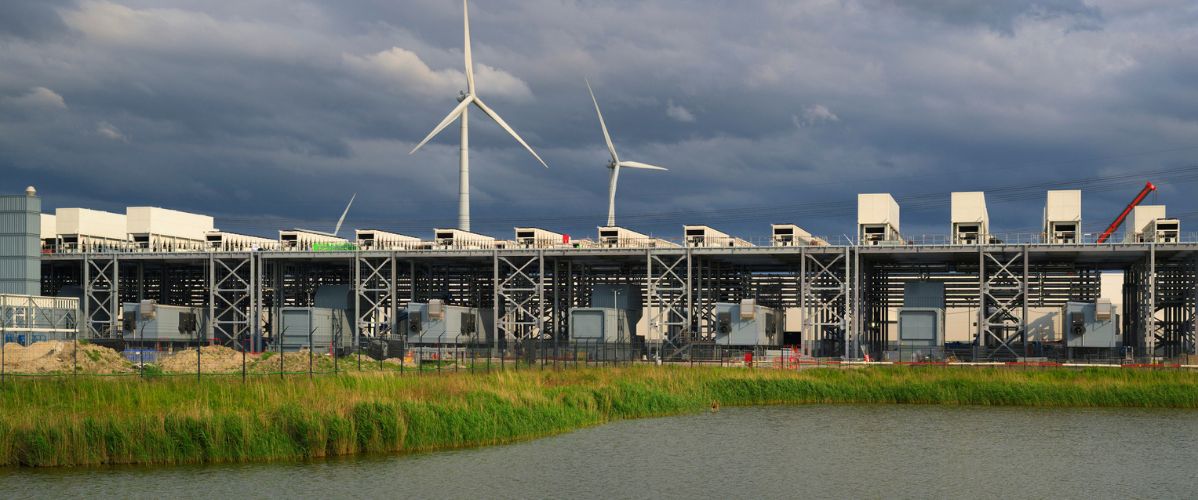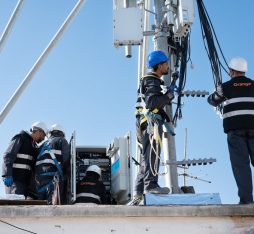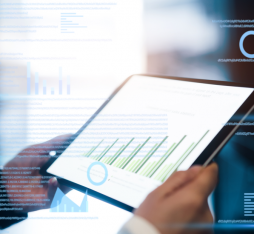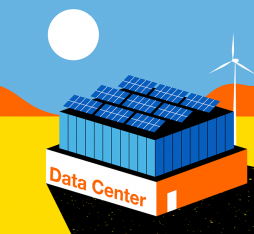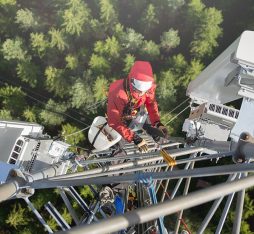● In a bid to achieve greater energy efficiency, cooling systems that account for up 30% of datacenters’ power needs are under growing scrutiny, and alternatives to air cooling are being explored.
● Direct-to-Chip and immersion cooling systems, which don’t require water to function, can cut power needs by up to 20% in modern data centers.
According to the International Energy Agency (IEA), the energy consumption of datacenters which amounted to 415 terawatt hours (TWh), or about 1.5% of global electricity consumption in 2024, has increased by 12% per year over the last five years. The IEA further estimates that in a base-case scenario it will continue to increase by 15% per year to represent just under 3% of total global electricity consumption in 2030. Much of this rapid rise is fuelled by the use of artificial intelligence: “Electricity consumption in accelerated servers, which is mainly driven by AI adoption, is projected to grow by 30% annually in the Base Case, while conventional server electricity consumption growth is slower at 9% per year,” notes the IEA. A further problem, points out Orange datacenter and green IT consultant Guillaume Gérard, is that “artificial intelligence generates huge amounts of heat.” The cooling of datacenters also requires massive amounts of energy and can account for up to 30% of electricity consumed at some facilities, although it can be as low as 7% in energy-efficient hyperscale datacenters.
Electricity is not the only resource under threat: as The Guardian reported in June 2025, the boom in AI has meant that the UK Environment Agency cannot predict future water shortages in England.
In addition to improving server durability, immersion cooling also helps to reduce Scope 3 and Scope 2 emissions.
The drive to find alternatives to air cooling
There are two rack-level solutions that can replace air cooling, which is not suitable for AI workloads, to control the temperature of chips in datacenters. And they both have the merit of facilitating the recovery of the heat that they generate.
The first of these is Direct-to-Chip (D2C) liquid cooling, which mounts heat exchangers directly onto the hottest components, which are CPUs and GPUs. Although validated by all industry players, this technology does not, however, allow for hot swapping (or in-service maintenance), and infrastructure failures can affect large numbers of components. As Guillaume Gérard explains: “It can result in unscheduled downtime.”
In May 2025, Microsoft researchers published an article in Nature, which broke new ground by quantifying the energy and water consumed as well as the amount of greenhouse gases generated by four different datacenter cooling techniques. On its website, MSFT points out: “The study found that switching from air cooling to cold plates that more directly cool the chips of datacenters could reduce greenhouse gas emissions and energy demand by around 15% and water consumption by 30% to 50% across the entire life cycle of the data centers. This is not just about the water used for cooling, but also the water used for electricity production and component manufacturing.”
Immersion cooling: a more energy-efficient method
The second cooling option is immersion: a technique that has the advantage of prolonging the useful life of equipment, which does not come in contact with air and is effectively protected from vibration and temperature variations without any need for fans. “Oil immersion cooling is a technique that removes heat directly at the source (i.e., the components) but allows for in-service maintenance (or hot swapping), unlike D2C solutions. However, for AI applications, it requires case-by-case validation. As to how it works, the server racks are submerged in oil baths and the heat produced is evacuated by external water loops,” explains Guillaume Gérard. The Orange expert further adds: “In addition to improving server durability, the technique also helps to reduce Scope 3 and Scope 2 emissions.” The initial expenditure for immersion cooling is higher, but it generates substantial savings over time. The Microsoft study indicates that when compared to air cooling, cold-plate D2C and immersion technologies reduce greenhouse gas emissions by 15-21%, cut power needs by 15-20% and water use by 31-52% over the life cycle of datacenters.
Air cooling can no longer keep pace with the evolving demands of intensive workloads. Conversely, D2C (Direct-to-Chip) cooling quadruples the achievable density of computing power per square foot, and immersion cooling multiplies it by ten. Both approaches will therefore pave the way for high-performance datacenter architectures. However, the massive adoption of immersion cooling techniques will depend on the standardization and cost-effectiveness of equipment, which will also need to be adapted for use with new generation AI GPUs.
 Guillaume Gérard
Guillaume Gérard

